My first favorite was the mistress of ceremonies, Florence Foresti and her immense burgundy velvet bow tie.
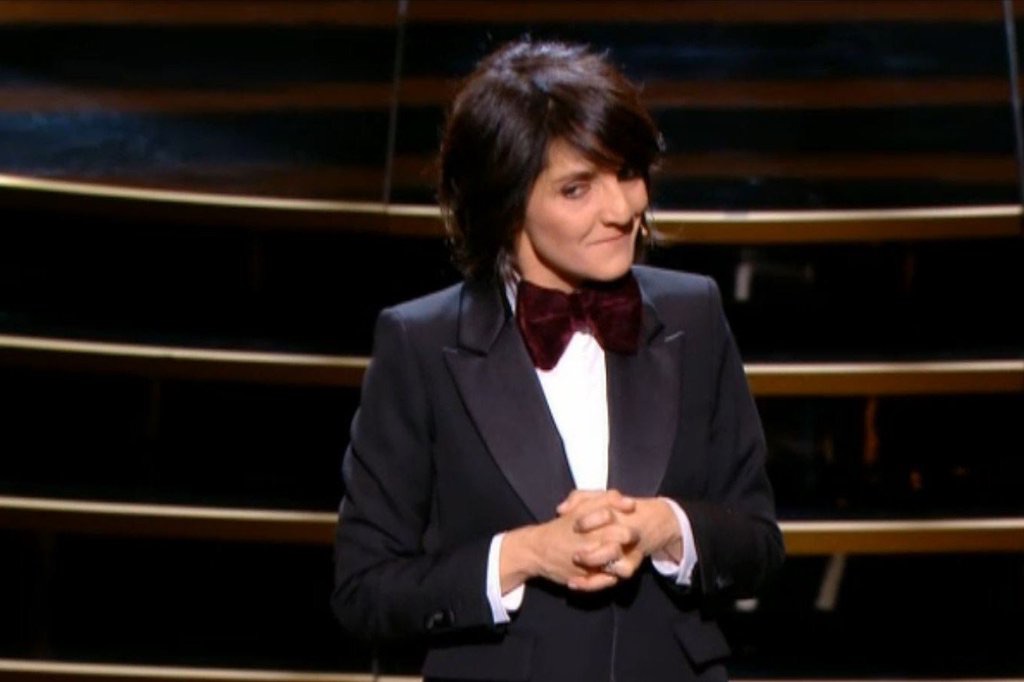
Our super MC’s humor was at the root of her smashing entrance, worthy of the best blinged-out rappers. Puff Daddy and Kanye West, go get dressed.
Florence Foresti wears the pink fur coat from “On aura tout vu” better than anyone.
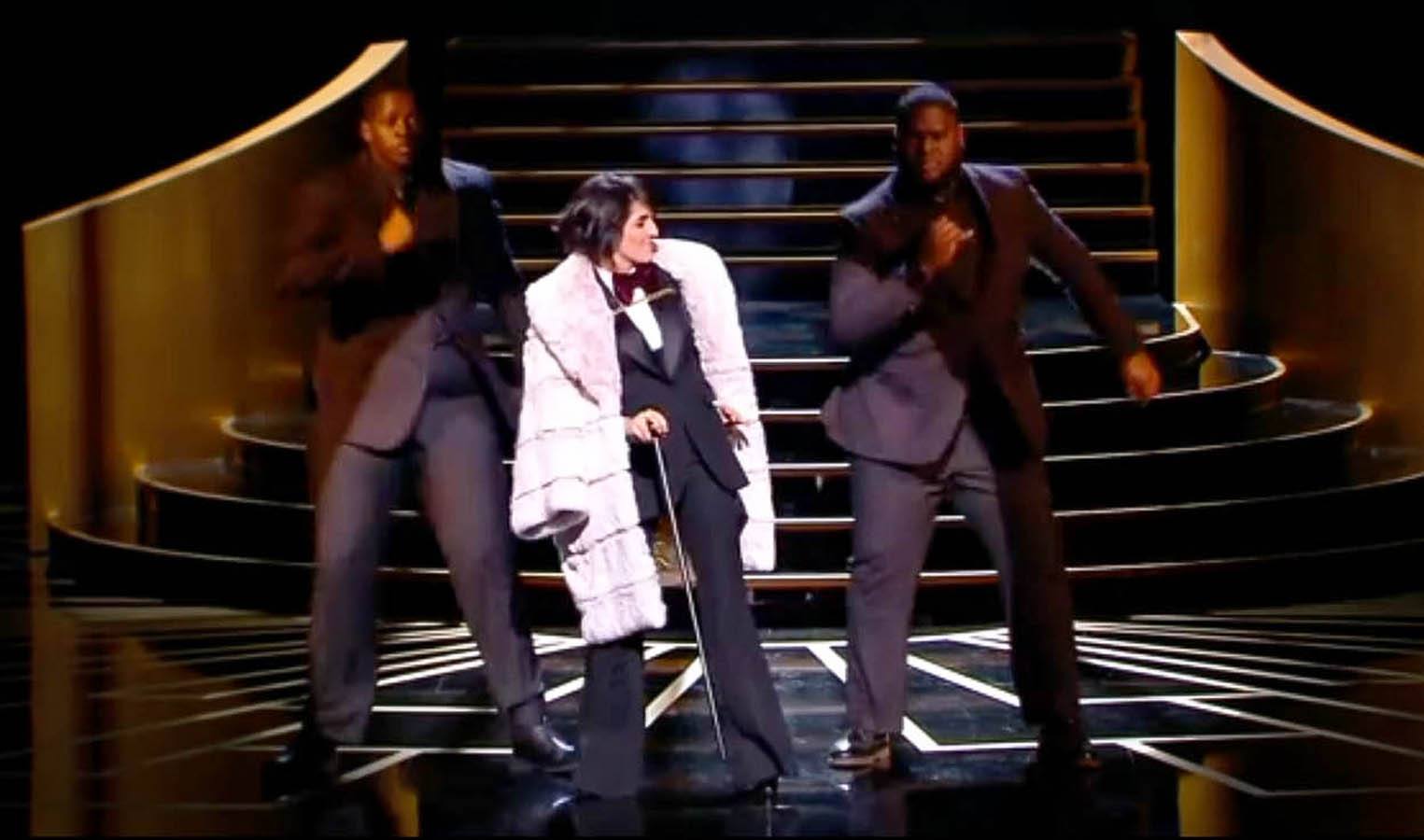
Many actresses went for the simplicity of black, a sure thing on the red carpet, whether a dress or a tuxedo. A few pulled off French elegance, a homage to classic Parisian style. The famous “less is more” so envied by our friends on the other side of the Atlantic, where nothing is over the top and everything breathes refinement straight from the source like Melanie Laurent in Saint Laurent or Carole Bouquet, icon of French chic. Let’s not forget Juliette Binoch wearing a Roberto Cavalli and Chopard jewels.
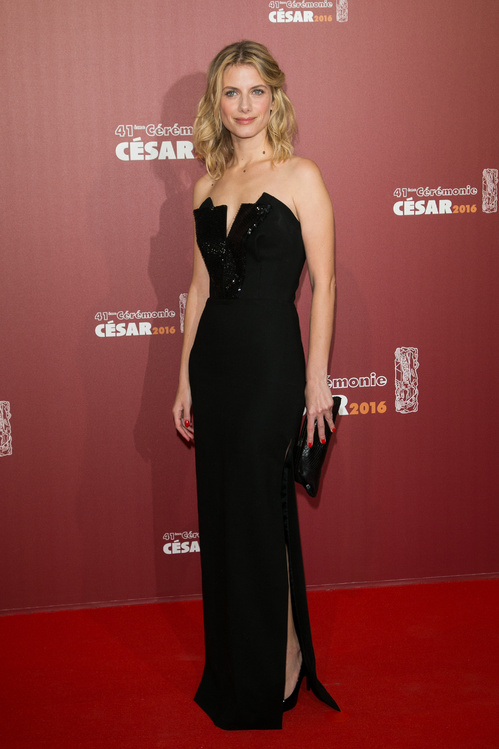
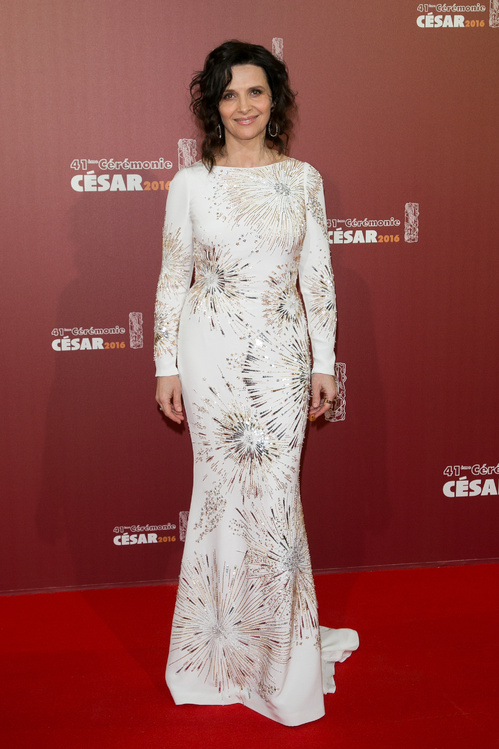
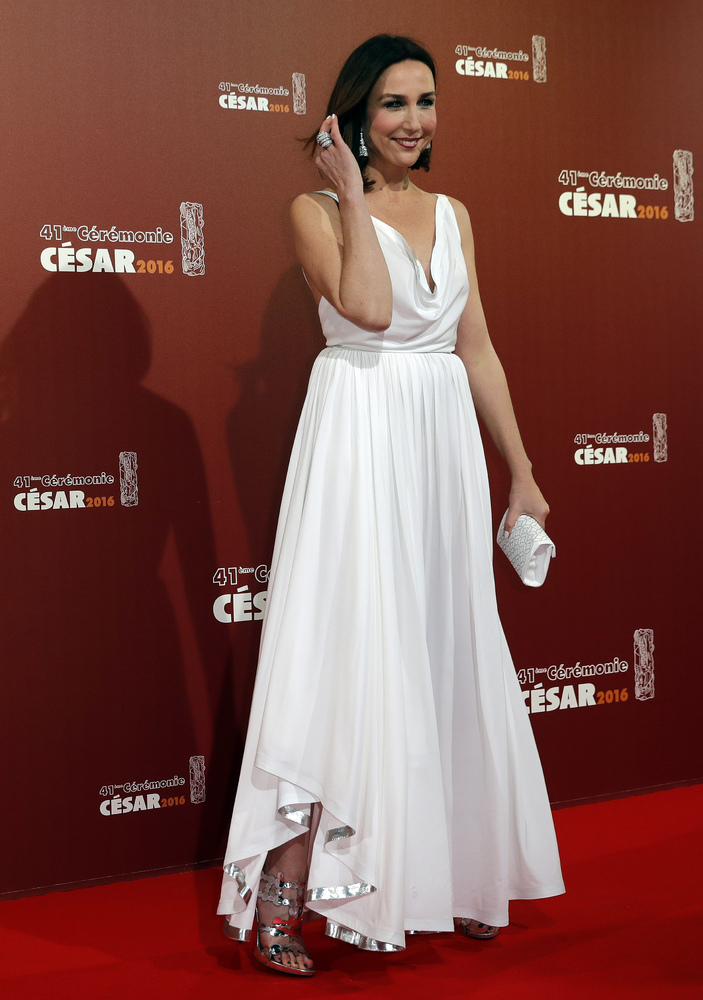
Legend: As for me, I had the enormous honor of dressing the beautiful and talented Deborah François, who presented the Cesar for the best photography. Both of us want delicacy and poetry. We want to thoroughly play the Red Carpet game by choosing a cinema look that will make movie-goers dream. We immediately decided on a marvelous Haute Couture dress, corseted and powdered, by Alexis Mabille<http://www.alexismabille.com/. Our make up choice imitated the immortal star Rita Hayworth’s look.
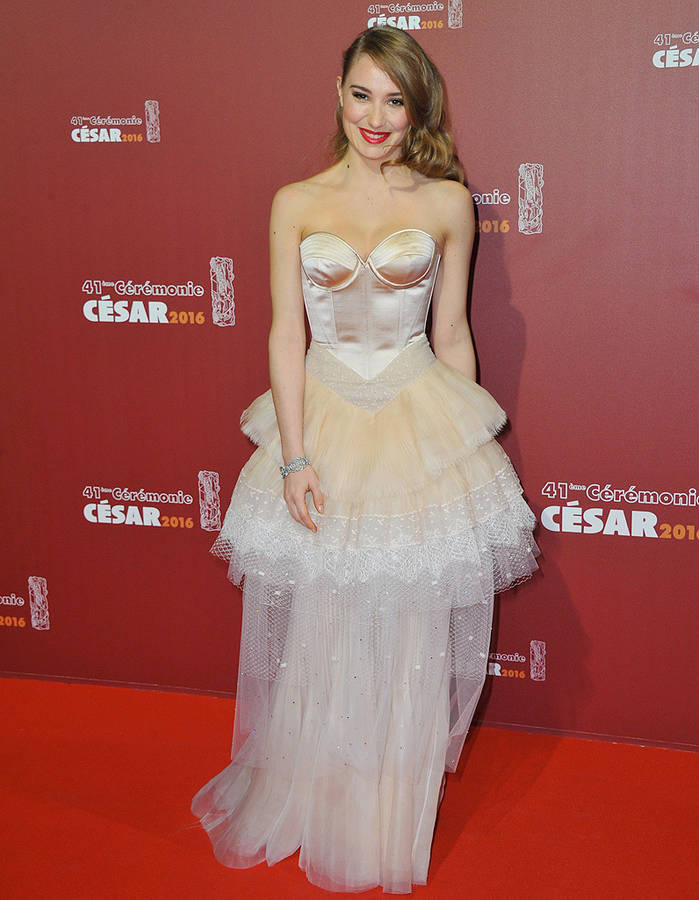
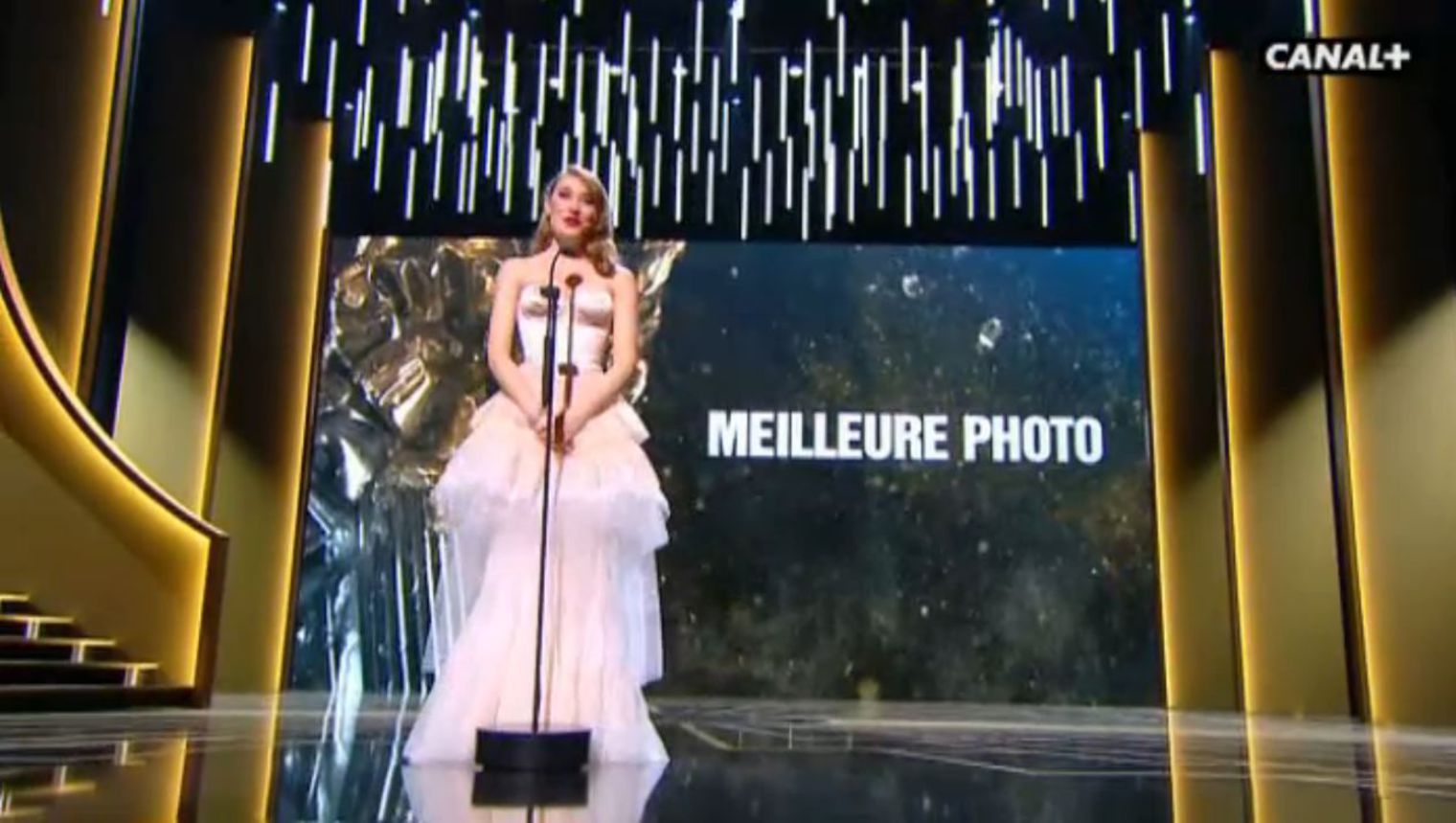
Legend: Our final shout out to those who dared to stand out, like the pretty Karidja Toure in a short black and silver outfit, distinguished by its freshness. The ravishing Audrey Chauveau made a marvelous choice for the Red Carpet, a long lamé dress.
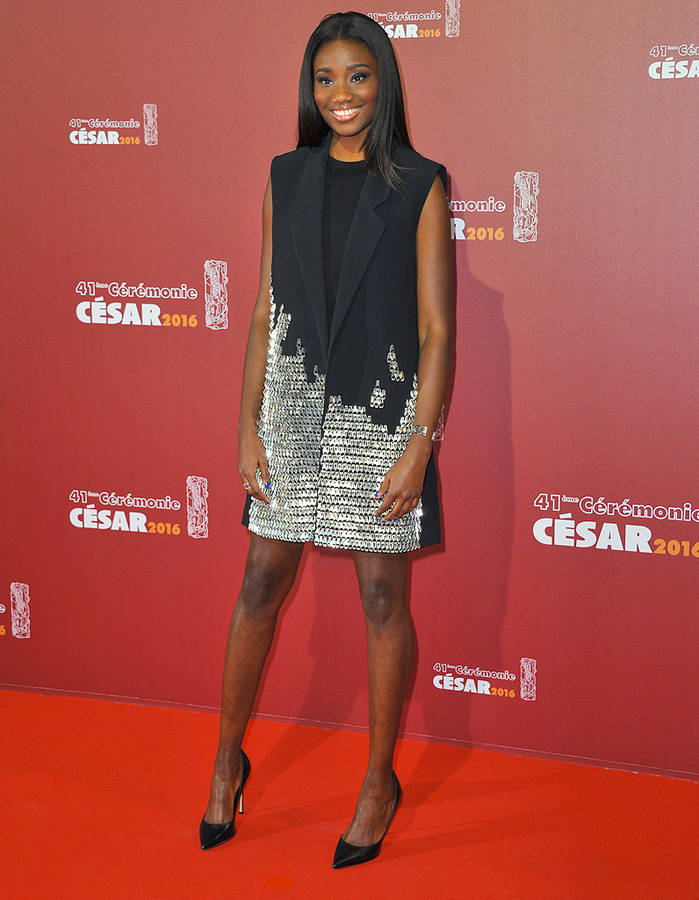
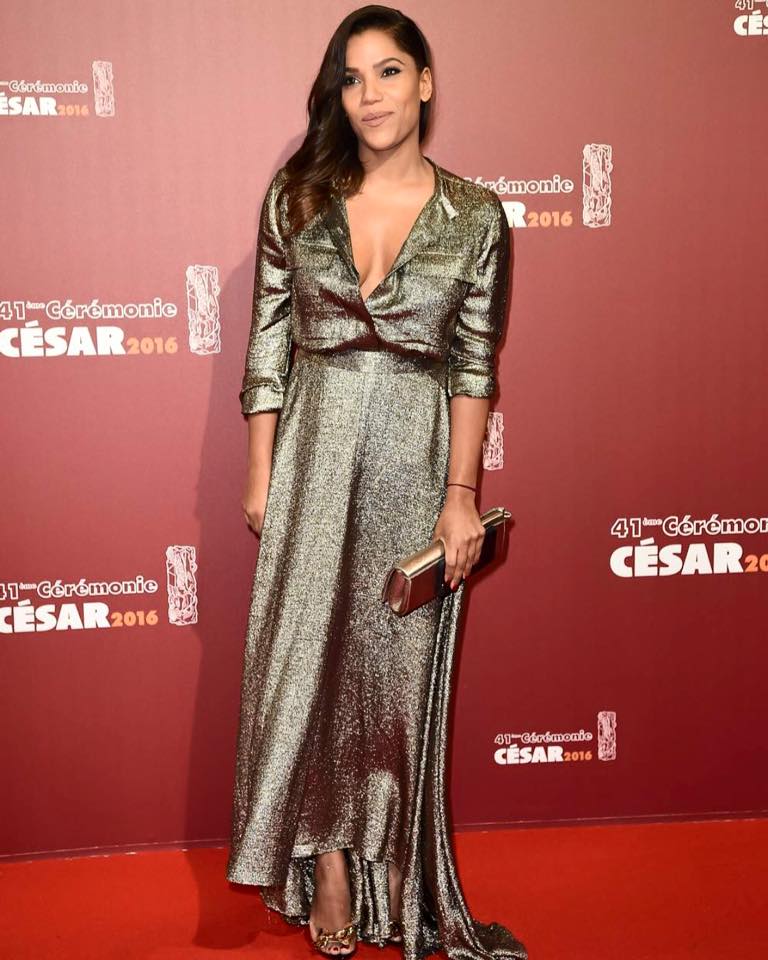
Our next style post of course will be from the Oscars. Following their best looks, we’ll see how the Americans shone on the Red Carpet.
Gayanée PIERRE*, Le Choix du Style
Translated by Alberta Wilson
* Gayanée PIERRE is a French fashion professional. She lives and works in Paris. Follow her on Instagram and Twitter.
]]>Greeted by many Muslims who were glad to see a positive image of the veil or denounced by those who refuse to accept this religious sign in public, the Swedish poster left no one indifferent. The message is clear: Be what you are, free to wear what you like and supportive of a cause that sees beyond controversy…
H&M, as have many others, understood that numerous Muslim women, have fashion sense and there is no reason not to cater to this demanding clientele. The Spanish giants, Mango and Zara, recently launched collections aimed at veiled women. Special collections adapted to the specific tastes of their clients by geographic zone is nothing new for these fast-fashion brands try to maintain their monopolies in the four corners of the earth. The items found in Sweden are more sober compared to those more colorful pieces in Italy. Also, during Ramadan 2015, Mango created its first collection of “traditional” dresses for the Muslim woman, called “The ideal guest.”
In 2014, the New York fashion designer Donna Karan also created a collection for the Muslim woman, “The Ramadan Capsule Collection.” Already present in the Middle East in its network of boutiques, the luxury brand affirmed its interest in a growing market and is perhaps inspired the increasing number of these new ultra stylistic Muslim fashion consumers.
In the United States these Muslim fashionistas have been causing talk for a few years. A neologism has even been created: MIPSTERZ from Muslims + hipsters. A 2013 YouTube video documented their debut. To the sound of Jay-Z’s Somewhere in America, veiled young women usual associated with submission and austerity break those clichés. Draped in multicolored veils, mounted on high heels, perched on their skateboards, dancing and jumping in the streets or riding motorcycles, these young women finally embody the ordinary face of an American youth in its time.
On their Facebook page, the Mipsterz profess a real philosophy of life, bringing together religion, art and a political aspiration of social equality.
From now on, these fashionistas who want to reconcile their faith and their taste for fashion, have their own icons. Among them is the young American journalist, Noor Tagoori, picked up by the Oprah Winfrey Network and seen in France on the Grand Journal when visiting, at the invitation of the Collective Against Islamophobia.
In Senegal, the national channel RTS, TV personality, Oumy Ndour is a familiar face for her audience, who have dubbed her “the hip veil”. On social media, the London designer Dina Torika, a.k.a. Dina Toki-O, rules the roost with 650,000 Instagram followers. Another Instagram star is Yaz the Spaz, Cuban and Turkish, living in Florida, he has close to 140,000 followers. France is not left out. In 2008, two sisters, Khadijah and Mariame Tighanimine launced, Hijab and the City, a lifestyle website that proclaims, “you can’t tell a Muslim by her outfit.: The site is defunct but its successor is looming creatively.
In spite of their success, these women, mostly young and unpretentious, do not have the unanimous support of their religious community. Some Muslims accuse them of lacking in sobriety, supposedly contrary to Koranic principles. But the Mipsterz don’t really care and choose to ignore the haters. They affirm themselves with style.
The Youtubers, bloggers and other veiled Muslim fashionistas have nothing to envy in Olivia Palermo and other It-girls of the fashion world. Often at the forefront of trends, using humor and tongue-in-cheek, they mix the hijab or traditional clothing with ultra girly Istagram looks. Just like Nadira Abdul Quddus, designer and successful Youtuber, these girls are true style pros. They are followed by hundreds of thousands and have become style-setters for a new genre of Muslim woman.
Gayanée PIERRE * with Rokhaya DIALLO
Many thanks to SainaSix for her beautiful illustrations
Translated by Alberta Wilson
* Gayanée PIERRE is a French fashion professional. She lives and works in Paris. Follow her on Instagram and Twitter.
]]>As the latest edition of Afro-Punk Fest comes to a close, let’s have a look at a phenomenon that has gone global in less than a decade.
This year’s New York festival featured such heavyweights as Lauryn Hill and Grace Jones, among others under the Brooklyn sun. A few weeks earlier, the first ever edition outside of the US took place in Paris to a packed house at the Trianon.
The story begins with a young Black American.
James Spooner loved a kind of music that many believed was only appreciated by Whites. Punk Rock in the 80s belonged to a universe and used formulas that didn’t seem to correspond socially, culturally or musically to Black artists at that time.
James Spooner was bicoastal before settling in New York with his family at the age of 14. In the abounding and creative metropolis, he met other young music fans. Like him, they were hardcore punk rockers and like him, they were young Blacks who loved the Clash and the Sex Pistols. His racial identity quest would send Spooner to the four corners of the country. The result was a documentary, Afropunk: A rock n roll n***r experience, that was about far more than music and in the purest DIY punk rocker fashion, became a cult reference at film festivals and the point of departure for the AFRO-PUNK movement.
The documentary’s objective was to show young Blacks, who like the director had lived in an environment where they felt isolated, that they were not alone – that Punk Rock was not a musical genre reserved for a single ethnic group.
Furthermore, referring to Black music as a genre, tends to put Black artists is a monolithic bloc as if their music was all the same. Afro-Punk was born to showcase an artistic diversity that mainstream media did not adequately recognize. And to remind us that the roots of rock are in the music that Blacks created. This reappropriation is a small revolution, in the true sense of the word: a return to the original inspirations of the music that has been “whitened” by history.
Today, twelve years after the first festival in Fort Greene, Brooklyn, the movement has become huge and international. Afro-Punk is an unprecedented creative alternative platform where musicians, dancers, painters, filmmakers, designers, photographers and other Black punk rock artists can freely express themselves. And, like other big music festivals such as Coachella or the iconic Woodstock, Afro-Punk is an explosion of styles and trends both on stage and among the audience.
More than a just music festival, Afro-Punk has become a real movement whose actions are both sociocultural and political in scope. It was conceived as a safe space where even the most outlandish individual expressions can feel secure. The rules are: No Sexism, No Racism, No Ageism and No Discrimination based on Handicaps. A veritable manifesto!
The safe space notion continues on the web with about 450,000 Facebook followers. The articles deal with current subjects such as the recent spread of police violence in the US. Visitors have even been able to contribute to Color of Change to help finance an independent investigation into the death of Sandra Bland while in police custody in Texas. The Afro-Punk page also softly influences the collective imagination through its Daily Afro photos, featuring natural hairstyles.
Punk is not dead! Quite the contrary! But if as far as the music is concerned – Jimi Hendrix of course, and protest ideology – breaking down traditional codes, the links are well established but what about punk rock fashion influences from the seventies?
Let’s be real: the trashy mohawks and the London black and white looks were not fashion high points. And we can have a sigh of relief that Afro-Punk artists and followers seem more inspired by Vivienne Westwood, icon of London 70/80s style than by Sid Vicious, founding member of the Sex Pistols.
As we can see in the photography of Phill Knott and with the collective, ArtComesFirst, or the very hip inspired by the style of Basquiat, black and white is still alive.
Leather and the hardcore esthetic show up in rocker jackets and accessories as well as in tattoos.
But color is often more important and brings with it a joyful wave of creativity that sweeps away any possible confusion with an aggressive or exclusive punk rock. As a stylist, I am thrilled to note this creative and diverse generosity. It is a total freedom of expression that causes unusual and sometime improbable style mixtures.
We find numerous traditional African influences in the jewelry, fabrics and hairstyles. These are looks that translate our generations’ willingness to show the most beautiful and the most majestic infuse with an individual flamboyance. “Come as you are,” is one of the festival’s slogans.
Because of this, each look has its own imprint. It is difficult to define an “Afro-Punk style.” It’s free, emancipated from any past or present dictates yet full of personal history.
However, don’t be fooled, this does nt mean that in a society dominated by a marketing where alternative is a style, that Afro-Punk is not a style. So it is not surprising to find the wacky and colorful pairings of Afro-Punk kids on the pages of Vogue or Tatler or in ready-to-wear ads.
How can we be mad at the major brands for their infatuation with Afro-Punk? Woodstock shook the mentalities of Nixon’s America in the 70s and left an indelible mark on the style esthetic of the following decades, Let’s wish long life to Afro-Punk! Punk is not dead!!!!!
Gayanée PIERRE with Rokhaya DIALLO
Many thanks to SainaSix for her beautiful illustrations
Translated by Alberta Wilson
]]>
They are present from luxury to fast fashion, inspiring both established fashion designers and young aspiring creators. These fabrics are available at all price points and work whether as accents or a total look – either way, breathing fresh air into any wardrobe.
]]>1. What is a fashion professional?
There are many and diverse professions in the fashion world. One of the most remarkable fashion experts was YVES SAINT LAURENT, who not only created Style and garments, but was also an haute couture creative genius. When we think of fashion, we all think of the “fashion designer” who we imagine in his atelier surrounded by fabrics, sketches and women with pins in their mouths crouched over sewing machines.
The designer is a true artist. He is a creator, an illustrator, and a tailor at the same time. He explains to the seamstress how the garment that he has imagined should be put together. He builds the collections and presents them to his clients at fashion shows. He is neither dresser nor costume designer but more of an orchestra conductor. He is the soul of each garment.
In the fashion world, there are also those who create not garments but an ambiance around the styles. CARINE ROITFELD, former editor in chief of Vogue Magazine France, is such a fashion professional. Each of her photo shoots was a storytelling session, likened to a director producing a film. She elevated the garments to the level of artistic creations.
The fashion professional is also the one who brings the looks created on the fashion runways to the public. This is the person who works behind the scenes to pull together choice pieces worn by models, presenting the themes and the must-haves of each season. These are the fashion editors and photo stylists whose layouts we see in popular fashion magazines.
Last but by no means least, are the celebrity stylists or personal stylists who dress those in the limelight such as LUPITA NYONG’O, having her wear a marvelous light blue Prada dress to the 2014 Oscars or the sublime AÏSSA MAÏGA all in white Elie Saab at Cannes Film Festival in 2014.
Personal stylists also work with political personalities. MICHELLE OBAMA’s elegance is noteworthy. In France, the allure of the Culture and Communication Minister, FLEUR PELLERIN, is a perfect illustration of Parisian chic.
Whether creator of garments or creator of images, you can see that those who work in the fashion world are professionals inspired by their times and with a sole goal in mind, to make us more and more beautiful.
2. How would you define your profession, personal stylist?
My profession falls perfectly into the “Fashion professionals” category. Personal, because I work closely with my clients, whether celebrities or neighbors. My goal is to bring out through fashion, what they feel deep down inside and the image they want to present on the outside. Harmony between the interior and the exterior is essential to me and represents one of the foundations of my approach to fashion.
In the absolute, I dress men and women for their everyday lives or for career special moments. There is no common denominator in my clientele. They come from many and varied professions and cultural backgrounds and call upon my expertise for a lot of different reasons. Contrary to popular belief, they don’t need a stylist because they are not well-dressed.
I work with business people, decision makers, journalists, professors, those who represent others and for whom the stakes are relatively high when it comes to their image. My services are time savers for them.
There are also those who are living momentous times either due to a desired change or because they must use the professional services of a stylist’s sharp yet watchful eye. My clients are also very fashion savvy and are often looking for exclusivity, THE Parisian piece that will set them apart from others.
Among my clients are celebrities who allow me to take part in their increasingly more enriching creative journeys. I also work with magazines, styling photo shoots and picking this summer’s top 10 must-have dresses
3. Doesn’t your profession bully clients into accepting a style that they may not want or like?
As I said earlier, harmony is crucial. Because of that, I don’t especially care for the popular phenomenon of “make-overs.” Basically, I’m an epicurean, a Parisian who loves to take my time over a cup of coffee; the time to sit and talk and get to really know one another. Our appearance is important. I certainly wouldn’t say otherwise. But it’s also the fruit of a host of things beyond a piece of clothing. Any of us can buy a black dress or a trendy suit, neither will make us a stylish person.
What gives us style is our capacity to show our true selves or to only show that part of ourselves we wish to be seen. In other words, take the power. Master the codes while remaining 100% cool. To do this, my clients and I get to know each other by talking about diverse subjects other than fashion: literature, art, travel, music, movies. From there, my role is to provide the keys. I possess the keys because my profession brings me to boutiques, showrooms, fashion shows and to trend-setting offices. There’s a common thread that I communicate to all my clients, the idea of class. I don’t make any cheap concessions.
4. Finally, isn’t hiring a personal stylist a superficial luxury?
Let’s take things one at a time. Luxury should be affordable. It’s a bias. We should all be able to be chic and well-dressed. If you are asking if a stylist’s services are expensive, I’ll say that it is an excellent investment. I’ll help you avoid buying four pieces that will clutter your closet because you don’t know how to wear them. This has happened to all of us. On the other hand, the jacket we would choose together will not only be a great value, it will fit you perfectly and will last you a long time. Furthermore, fashion comes in many prices and we can dress according to our means. I don’t only work with haute couture fashion houses. Sometimes the accessory that will shake up a wardrobe can be found at Zara.
Talking about superficiality? We must admit that fashion plays a determinant role in today’s society. Are our minds so limited as to categorize a woman who is interested in fashion as a mindless bimbo? A man who wants to be elegant as a narcissistic dandy?
5. Did you attend school to become a stylist?
As far back as I can remember, I have always loved fashion. When I was young, I spent hours in front of images of clothing in books I had been given. I also honed my tastes through painters that fascinated me such as MATISSE, DEGAS, RENOIR, LAURENCIN, especially when they presented articles of clothing from their eras in their paintings.
I had forgotten about illustrators such as KIRAZ and his famous Parisians and MUCHA’s Art Nouveau or TAMARA DE LEMPICKA and her dramatic and sensual women.
But my family didn’t consider fashion to be a serious profession. So I studied languages and economy before deciding to get a specialized education at the well-known Paris fashion school, ESMOD and make a career of fashion. I must say, my formal studies, my extensive travel and experience gained in other areas have all contributed to my profile. These and other elements are what enrich the profession and allow talented people from varied background to become stylists.
6. While we have you, what are your expert picks for the summer?
Summer is going to be crazy! We’ll be looking at all the summer trends these next weeks on Rokmyworld.
There is so much inspiration that we feel our favorite designers blowing a real breeze of freedom. Could it be a reaction to the difficult year we’ve been through? Fashion often reacts to world incidents, taking the contre-pied plays its cathartic role. Get ready for color, Ladies and Gentlemen, you too. No talk of powdery, subdued colors – we’ll get to them in September. I’m talking about theatrical reds, ocean blues, sunny yellows and oranges that blow up anything in its path!
Mixing African and western prints, creates an arty urban look. Hippies in spirit, they are bringing back Flower Power.